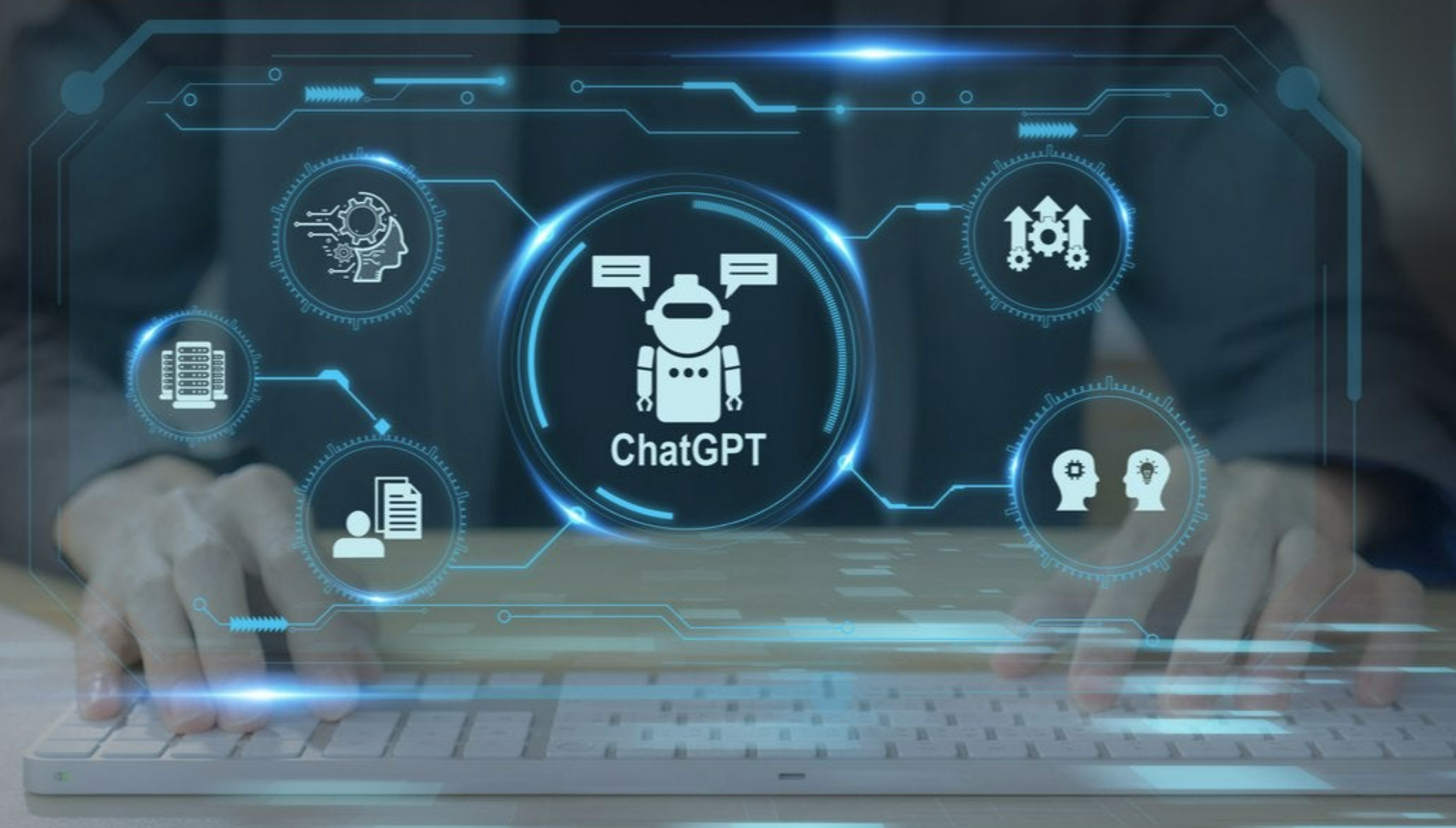Cybersecurity x AI: Featuring ChatGPT
First Published on 29 July 2023.
This post will be a literature review of various papers:
AI-Driven Cybersecurity: An Overview, Security Intelligence Modeling, and Research Directions
This paper presents a comprehensive overview of AI-driven cybersecurity, emphasizing the role of artificial intelligence in developing intelligent and automated security systems. The study focuses on security intelligence modeling, which utilizes AI techniques like machine and deep learning, natural language processing, and knowledge representation to address complex cybersecurity challenges. The paper highlights the importance of cybersecurity source datasets for extracting insights and knowledge through data analysis. It discusses various AI-based approaches for solving security problems, including anomaly detection, malware analysis, phishing identification, and risk behavior analysis.
Additionally, the paper delves into the significance of natural language processing in extracting valuable information from unstructured security data, paving the way for effective security models. The concept of knowledge representation and reasoning is explored to articulate an intelligent cybersecurity agent’s views and decisions for automated reasoning. The paper also discusses security ontologies and conceptual modeling, which facilitate the formal specification of security knowledge and data semantics. Furthermore, it introduces the concept of cybersecurity expert systems, which emulate human expert decision-making processes. The challenges and potential research directions in the domain of AI-driven cybersecurity are also identified, including data collection, advanced analytics, NLP-based modeling, rule-based expert systems, and experimental evaluation.
Towards Artificial Intelligence-Based Cybersecurity: The Practices and ChatGPT Generated Ways to Combat Cybercrime
The paper discusses the significance of cybersecurity in protecting digital systems and data from cybercrime. It emphasizes the importance of cyberspace, which connects computers and devices within the Internet of Things environment, and the need for modern technologies to ensure a safe digital environment. The paper highlights the challenges faced by cybersecurity and the measures to combat cybercrime, including employee education, strong authentication, network security, incident response plans, data encryption, and collaboration with law enforcement agencies. It also addresses various cybersecurity challenges, such as advanced threats, lack of security awareness, and dependence on third-party vendors. The conclusion stresses the importance of continuous improvement in cybersecurity practices, utilizing modern technologies, and adapting to the evolving cyber threat landscape.
Chatbots to ChatGPT in a Cybersecurity Space: Evolution, Vulnerabilities, Attacks, Challenges, and Future Recommendations
The paper discusses the cybersecurity risks and vulnerabilities associated with AI-based chatbots, with a particular focus on OpenAI’s ChatGPT. It highlights how chatbots have evolved from rule-based systems to AI-powered models, specifically the GPT-series, which has become increasingly sophisticated. However, these advancements have also made chatbots susceptible to various malicious activities.
The paper identifies several cybersecurity threats posed by ChatGPT, including the generation of malware code, phishing emails, macros, and undetectable zero-day viruses. It describes real-world instances where ChatGPT was used to create malicious code, such as stealing sensitive information and injecting shellcode into processes. Moreover, the study explores the potential for misinformation and deception through chatbots, as well as data breaches and privacy concerns due to sensitive information leakage.
The challenges faced in securing chatbots are also discussed, including the difficulty in recognizing phishing emails generated by chatbots and the risk of plagiarism and authorship disputes. The authors suggest implementing end-to-end encryption, authentication, and authorization mechanisms to ensure data integrity and privacy in chatbot communications. They also emphasize the need for awareness and education about AI-generated content, as well as modern security practices and policies to address the evolving cybersecurity threats.
editor's pick
news via inbox
Nulla turp dis cursus. Integer liberos euismod pretium faucibua

